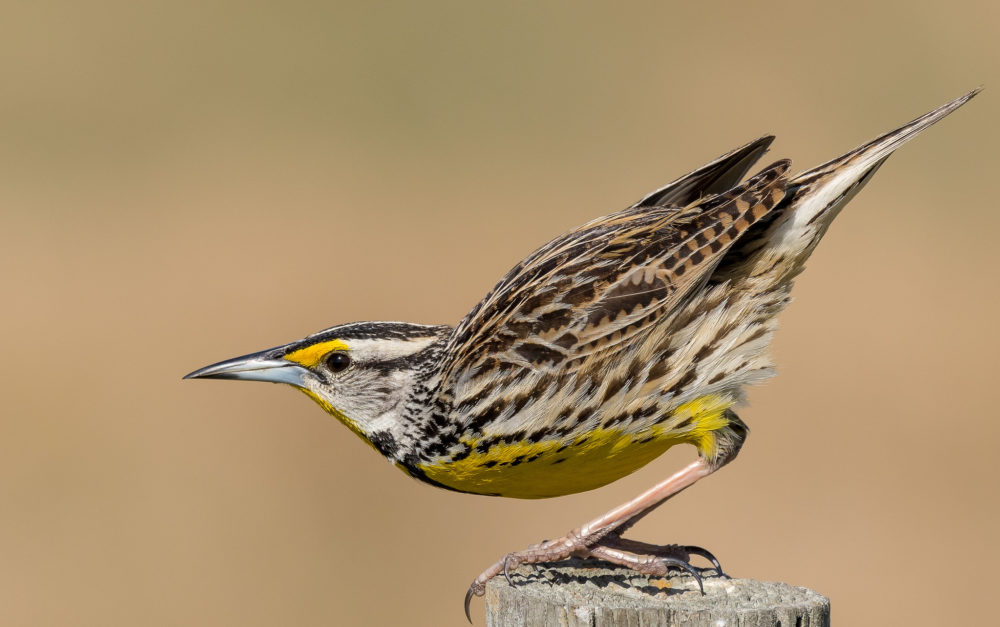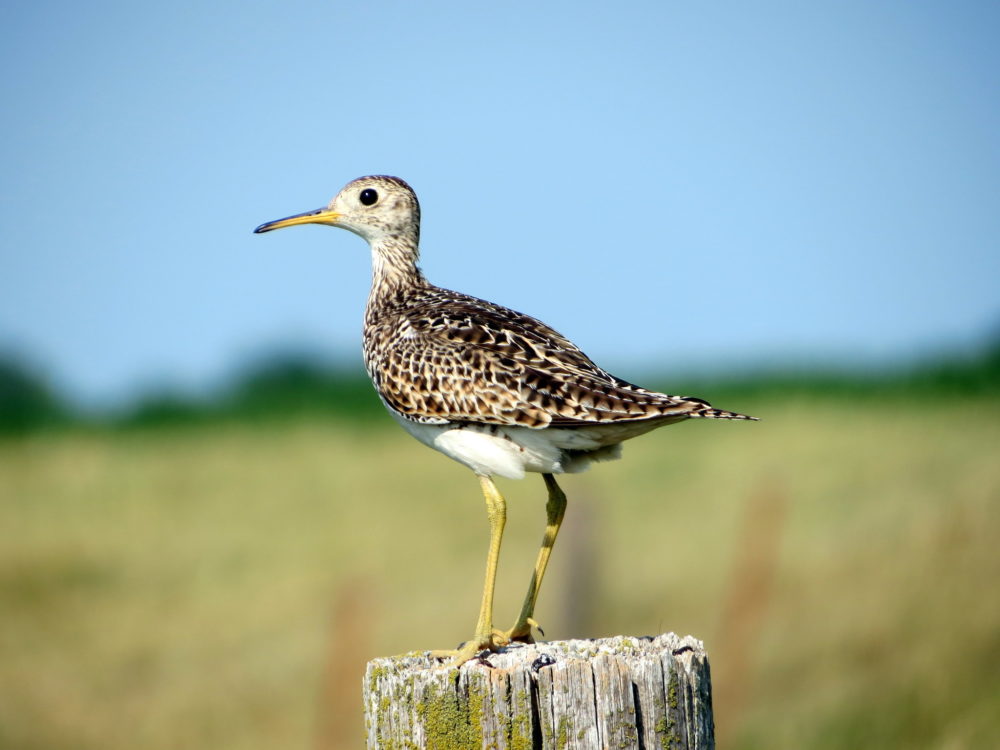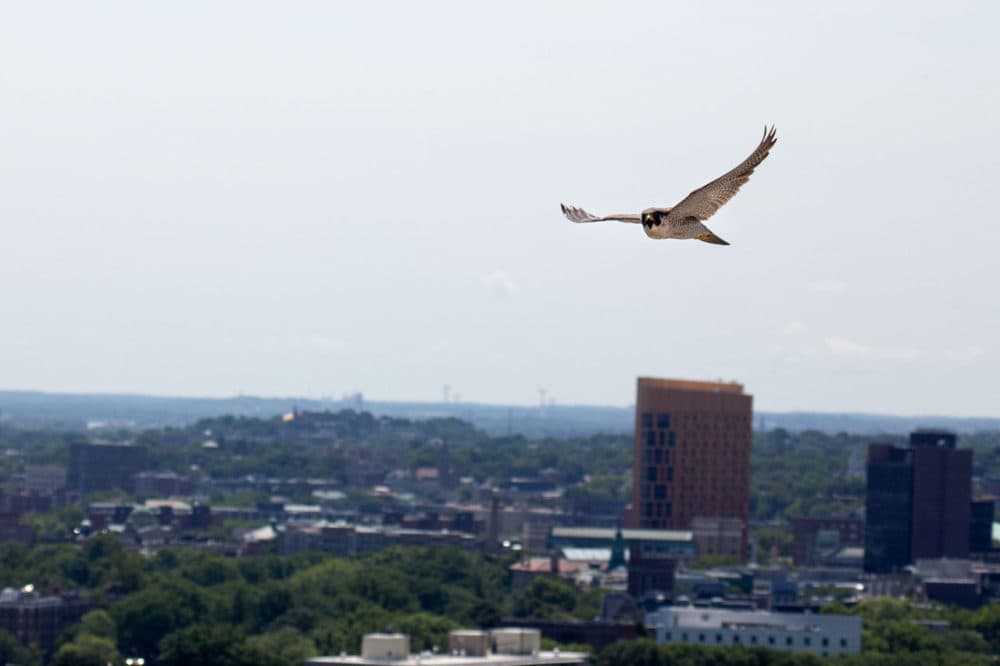Advertisement
Goodbye, Meadowlarks: Study Reports 3 Billion Fewer Birds In U.S. And Canada

Wayne Klockner has been leading bird walks at Mount Auburn Cemetery — a bird lover's hotspot — for 20 years.
"On a big day out there you could see 15 to 20 species of warblers," he says, "a dozen or more Baltimore orioles, eight to 12 scarlet tanagers." The whole place, he says, was "alive with birdsong."
Days like that are now fewer and farther between, says Klockner, state director for the Nature Conservancy in Massachusetts. "That soundscape at Mt. Auburn has changed. It's just harder and harder to come there in a morning in May and hear the same volume and variety of birdsong," he says. "It's truly tragic. It's a diminishment of our world."
Klockner's experience mirrors the numbers published on Sept. 19 in the journal Science, reporting that there are 3 billion fewer birds in the continental United States and Canada than there were in 1970. Researchers at the Cornell Lab of Ornithology used population counts and radar images to investigate 529 bird species, and found that the total breeding bird population has dropped by 29% in the last 50 years.
"The first thing about the study that makes it unique is the towering scale of the declines across the hemisphere," says Joan Walsh, Mass Audubon’s chair of natural history and field ornithology. "The signals indicate decline for virtually all groups that they looked at, except for birds from freshwater wetlands. So we're getting a signal from many different habitats that there's a crisis."
Birds living in grasslands, seashores and forests are among the hardest hit. The population of grassland birds, like the eastern meadowlark, have declined 50%; shorebirds like the salt marsh sparrow and upland sandpiper have declined by 37%.

Forests now support about 1 billion fewer birds, according to the study. Though the study doesn't focus on causes, Klockner attributes much of this particular decline to forest fragmentation.
"As we cut a forest up into smaller pieces and turn parts of it into non-forest — whether it be shopping malls or landfills or open country — the remaining forest can support fewer and fewer birds," he explains.
Klockner and Walsh say climate change is also a likely contributor to the decline, though its effects can be less direct and harder to calculate. Earlier spring blooms mean earlier insects, for instance, which may not be correctly timed to bird migrations.
"Birds are showing up two weeks after the peak of the bloom and perhaps finding fewer insects to feed on," says Klockner.
"I think the decline of bird species indicates that there's something gone awry in the ecosystem that supports all life, including us," adds Klockner, "and we ought to pay attention to those signals."
The study did have a few positive findings. Raptor populations, like hawks and eagles, have tripled since 1970, helped by government protections and the banning of DDT. Among the success stories: Peregrine falcons in Massachusetts have made a comeback, rebounding from about 14 nesting pairs before the DDT ban to 46 today. Birds in freshwater wetlands have also increased their population by 50%.

Study authors say that bird declines can be reversed with habitat protection and restoration, pointing to the recovery of 40 waterfowl populations during the study period. Mass Audubon's Walsh cites the survival of the roseate tern and the increased numbers of piping plovers on Cape Cod as two local success stories.
"Things have been worse than this," says Walsh. "At the turn of the 19th century there were virtually no laws to protect wildlife."
She says people who want to help birds should work to protect habitats and native plants, and keep their bird-killing house cats indoors.
"We're all miners, and we're all in the coal mine," says Walsh. "And if you look around us, there's three billion dead birds. When are we going to listen?"
This article was originally published on September 20, 2019.
